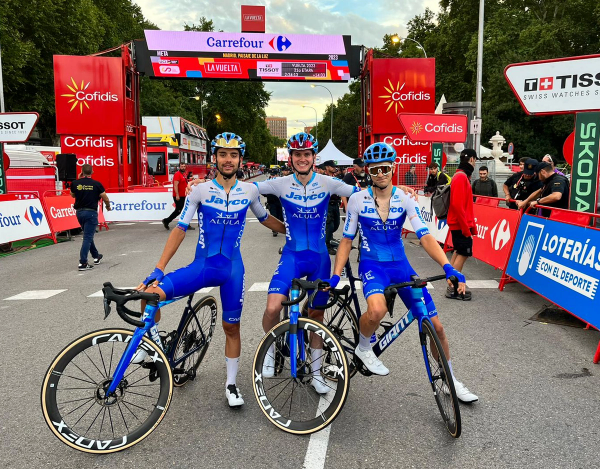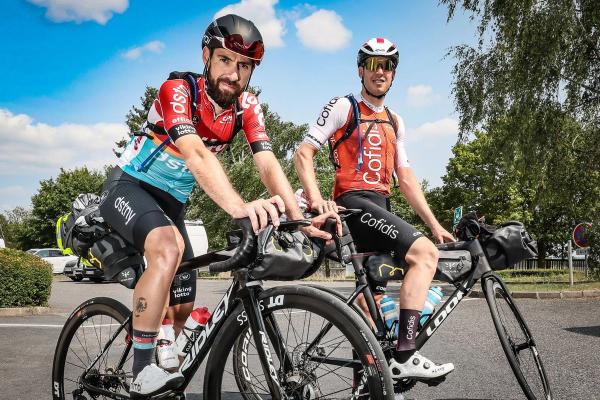One day at a time, getting through the mundane, and lots of luck - how to survive a Grand Tour
A veteran and two newbies on the mental and physical challenges of three-week racing
Matilda Price
Racing News Editor
© Velo Collection (TDW) / Getty Images
Thomas De Gendt told GCN how he gets through Grand Tour racing
Racing your bike day in, day out, through mountains, crosswinds and sprints, in all weather for three weeks is not easy. And it isn’t meant to be easy: Grand Tour racing is the pinnacle of men’s professional cycling, the biggest test of endurance and strength that a rider can put himself through, which is why winning one is such a prestigious achievement.
That said, not everyone is there to win - in fact, the majority of the peloton will not taste victory at any point during the 21 days of racing. When there isn’t the carrot of a win or podium finish to chase, how does everyone else make it through such a testing experience? We spoke to some pros to find out.
Watch: How To Survive A Grand Tour on GCN+
There’s no one consensus, and every rider deals with Grand Tours differently, but there are a few things riders point to, from a positive mental outlook to not looking too far ahead. Any amateur might think it’s the huge physical challenge and the toll on the body that’s the hardest part of a Grand Tour, but according to several pros, the mind games are much harder.
“For me, it’s more the mental side,” experienced Grand Tour racer Thomas De Gendt (Lotto Dstny) told GCN during this year’s Vuelta a España. “The physical side, if you just keep pushing you always get into the time limit, but the mental side you have to be away from home for four weeks and every day is the same. The race is different, but more or less the rest of the day is the same.”
So what is the mental challenge? The fortitude it takes to pedal your way up the Angliru? The stress of navigating a hectic and often dangerous peloton? No, it’s the mundanity, the boredom, and the never-ending pile of pasta.
“Mentally it’s always hard to prepare every day the same way, you just get sick and tired of eating porridge and pasta and rice every day,” he said. “That’s the biggest challenge of the whole Grand Tour.”
“Just getting up every morning, doing the same thing over and over again gets boring to be honest,” American Sean Quinn said, riding his first Grand Tour for EF Education-EasyPost and echoing the sentiment of a much more experienced rider.
How do you stay positive?
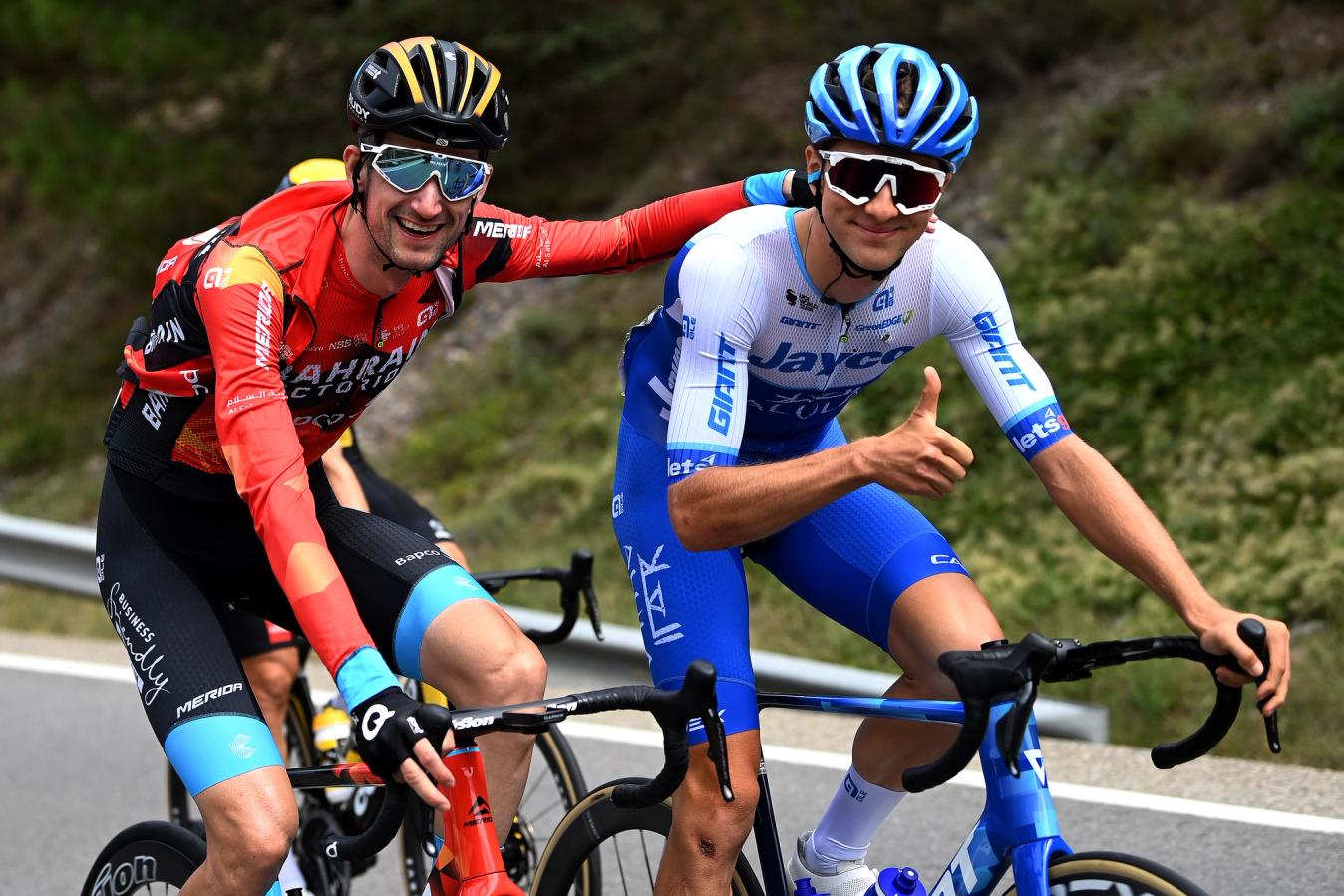
© Velo Collection (TDW) / Getty Images
Jan Maas and Wout Poels sharing a positive moment during the Vuelta a España
In the face of that repetitive routine, how do riders stay positive? For Thomas De Gendt, the advice he gives to younger riders is all about focusing on the here and now.
“Try not to look too much ahead to the next days,” he said. “I see them taking the [road] book and they are starting to look already to stage 14, 15, 16 when we are still in stage 3 and I said ‘don’t look further than two days ahead’. You will think about all the hard days, but you just need to focus on today and that’s it.”
For Jayco AlUla’s Jan Maas, who knows a lot about survival after his team battled through to finish the Vuelta with only three riders, it’s a similar story: focus on today, get through one stage at a time, appreciate the journey.
“It makes me realise I should take it more day by day,” he said. “For example, three days ago I crashed really hard in the downhill, a bit unexpected on a sketchy corner. I never would have expected that that day, I thought it would have been an easy gruppetto day, but then everything changed because the day before I was in the breakaway. So I try to enjoy every day.”
Read more: How Jayco-AlUla's last trio standing survived the Vuelta a España
There’s also some comfort to be found in the fact that - perhaps apart from the top five riders - almost everyone in the peloton is going through the same thing. Maybe not exactly, but everyone has something.
“That’s really what the older, more experienced guys say to me - it’s mind games,” Maas added. “Everybody feels their legs - there’s probably a guy in another team who has fallen on his knee, another one who hasn’t slept well, everybody has something. So it’s your own war that we all have in our own heads. It’s about how you deal with it.”
The physical: fatigue and injury
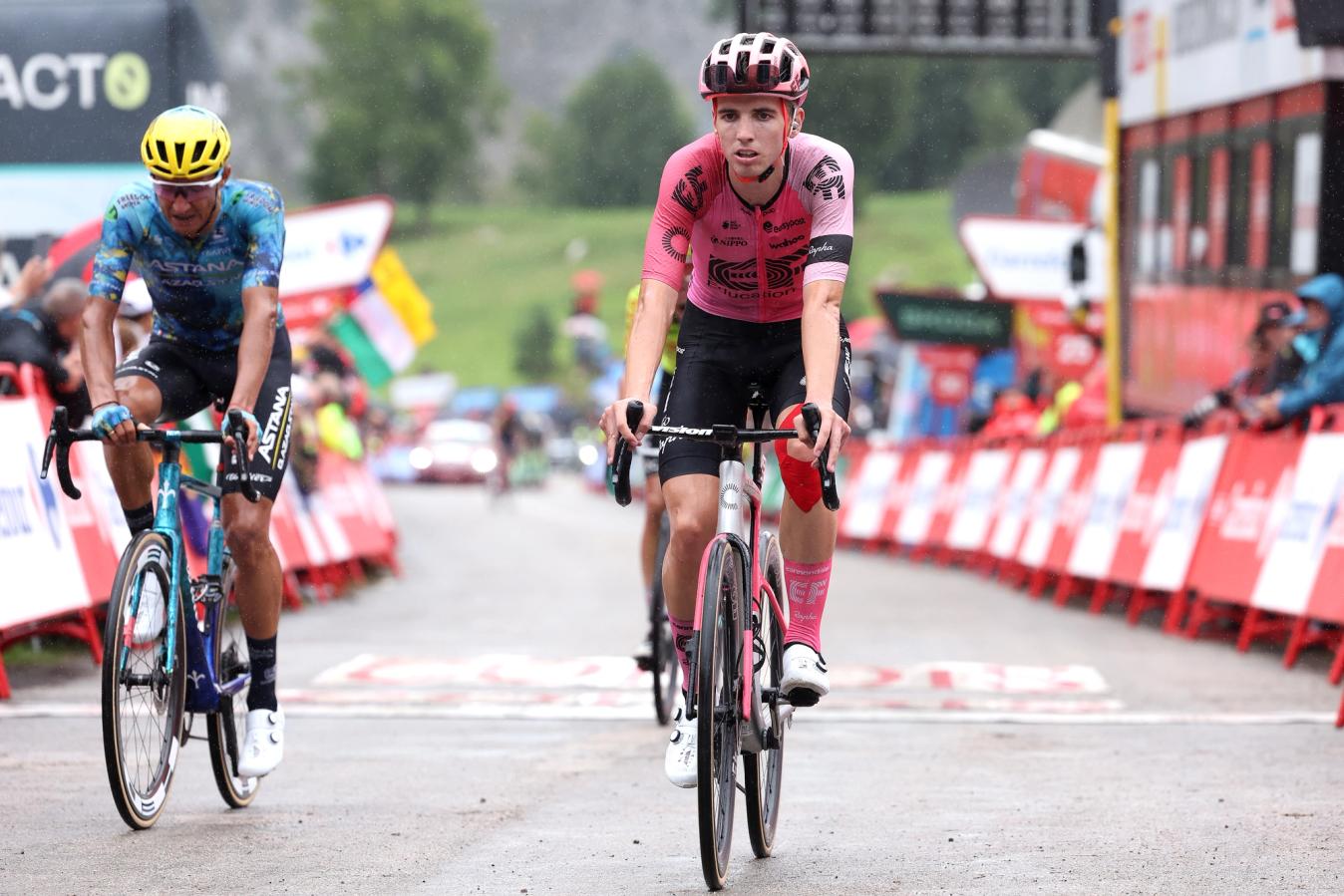
© Velo Collection (TDW) / Getty Images
Sean Quinn got his first taste of the physical demands of three-week racing at this year's Vuelta a España
Mind games are one thing, but the physical demands of completing a three-week race are far from insignificant. For an experienced rider like De Gendt, the challenge is a familiar one, and one he can prepare for, but for those making their debut, it’s a dive into the unknown.
Having never raced three consecutive weeks before, riders like Sean Quinn are often just trying to see where their limits are, and what they can do in the latter stages. Some debutants get it right the very first time - like Cian Uijtdebroeks did at this year’s Vuelta - but for most, it’s more about learning and surviving.
Read more: Cian Uijtdebroeks impresses but Bora-Hansgrohe wanted more from Vuelta a España
“Racing for a long stretch is something I’ve lacked in my career so far, and I think the last two years I’ve struggled sometimes to figure out where I belong in the peloton. Some days I show I can be there and some days not, and here I’ve really found my level,” Quinn said.
“I came off the rest day feeling really good and I was like ‘oh it’s not so bad’ but then in the middle days, stages 17 and 18, it really caught up to me and it was not so easy, even just in the gruppetto. But we’re getting through it.”
As Quinn explains, the physical and the mental are not completely divorced, though, with the physical tiredness often spilling over into how you feel mentally, and what it takes to get through a day.
“I think after the first week, I felt so bad but I didn’t even realise until the rest day, then I was like ‘wow I feel normal again’,” he said. “So it definitely has a huge fatigue on you, which also makes it mentally harder to get out of bed and eat breakfast and stuff, but there’s also a huge mental factor.”
As well as just making it through the 21 days, there’s also the fact that, the longer you race for, the higher chance there is that you’ll pick up some sort of injury, whether that’s from a crash or just your body aching under the strain of the volume of riding.
“I have the feeling that this year it was better,” De Gendt said of his Vuelta experience. “For me personally because it was my first Grand Tour of the year - normally I always do the Giro or the Tour before this one - so it was a little bit easier, but still the pace was always high, it was always a big fight for the breakaway, and you had to be lucky with crashes and sickness.”
The element of luck
As De Gendt alluded to, the final element of surviving a Grand Tour is luck. All the preparation, physical form and mental fortitude will only get you so far if you’re taken out by a crash, illness, or - in recent years - Covid, before making it to that final day into Paris, Madrid or Rome.
Many riders suffered the consequences of bad luck at the Vuelta a España, whether it was the riders who crashed in the opening time trial, those who got ill in the confusing mix of rain and heat in the first week, or those who were on course to finish their first Grand Tour only to be taken out by a momentary touch of wheels. Luck is the one thing you can’t control, and the one thing that can change in the blink of an eye.
From the riders we spoke to, it seems that getting through a Grand Tour is about controlling what you can, and not worrying so much about what you can’t. Take it one day at a time, try not to get bogged down in the mundane, and leave the suffering on the bike.
To take a deeper dive into the trials and tribulations of three-week racing, head to GCN+ to watch How To Survive A Grand Tour, a documentary that goes inside the Giro d’Italia from the perspectives of Derek Gee, Charlie Quarterman, Pascal Ackermann and Davide Cimolai.
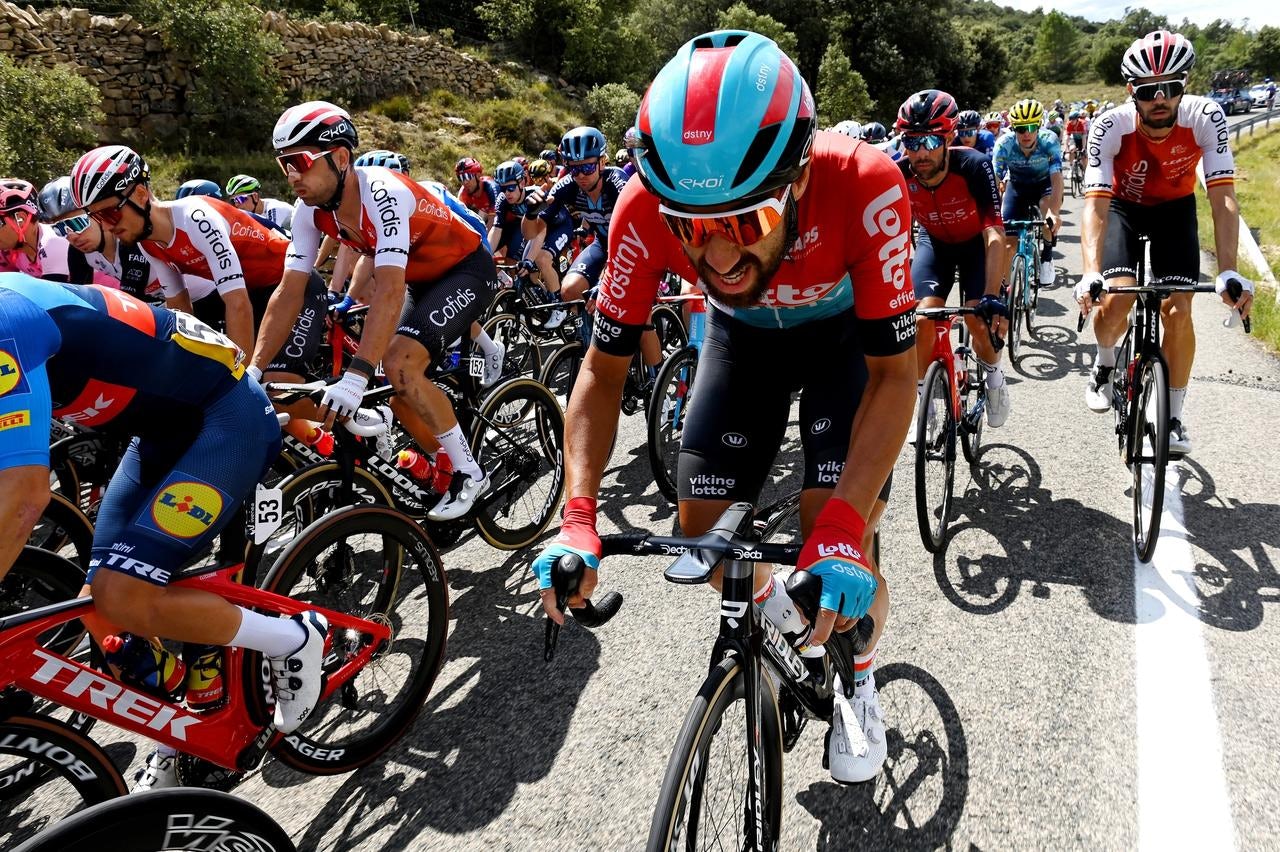



MAIN.jpg?w=600&auto=format)
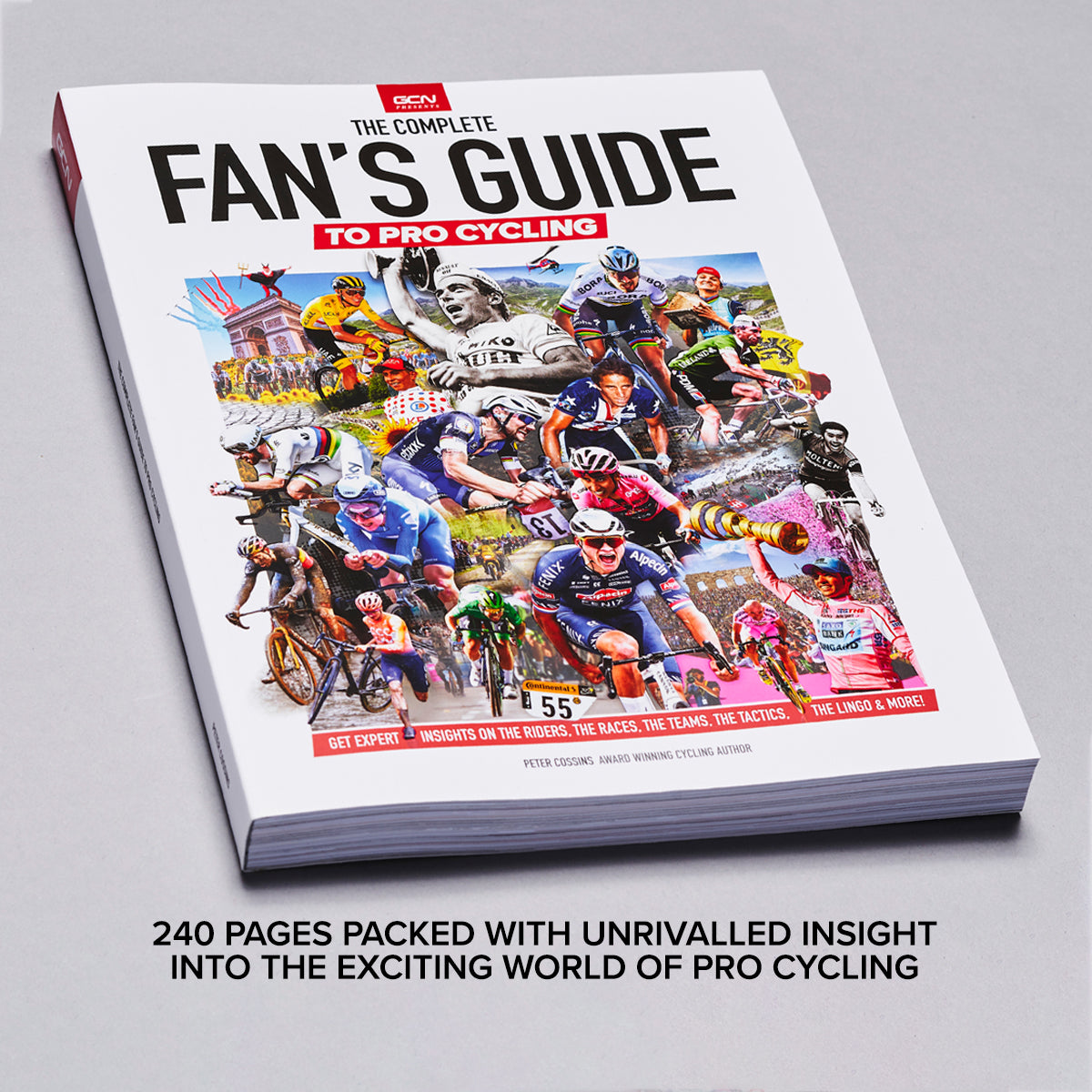





.jpeg?w=600&auto=format)
